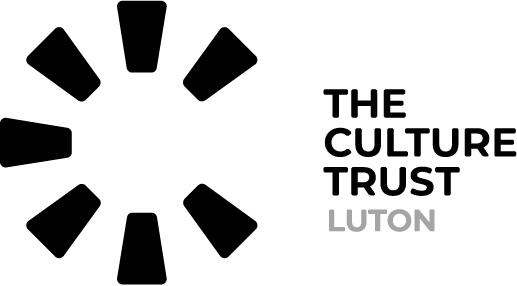Model 7
Where worn
This outfit is worn primarily in West Africa, particularly in Nigeria, Ghana, and Senegal, and by people of African descent across the diaspora, including the United States, Caribbean nations, and other parts of Africa. The Yoruba hat is especially associated with Nigeria, while the Dashiki is popular across multiple West African nations and the African diaspora.
What it is
The outfit features a Yoruba hat, often called a "Fila," and an African Dashiki made from Kente print fabric. The Yoruba hat is a traditional, rounded cap worn by men, often crafted from richly woven materials with vibrant colors and patterns that represent the cultural heritage of the Yoruba people. The Fila is a symbol of respect and cultural pride, often adorned with intricate designs. The Dashiki, paired with the Yoruba hat, is a loose-fitting, colorful garment worn by both men and women. It is characterized by its wide, flowing fit and intricate embroidery around the neckline, chest, and cuffs. The Dashiki is typically made from cotton or silk, with bold patterns in bright colors. In this outfit, the Dashiki features Kente print—a traditional Ghanaian fabric known for its vibrant patterns and symbolic motifs that convey cultural messages.
Traditional Craft
The Yoruba hat is traditionally handwoven by skilled artisans using techniques passed down through generations. It is made from high-quality fabrics such as Aso Oke, a woven cloth that reflects the cultural richness of Yoruba heritage. The hat's design often incorporates symbolic motifs, representing the status, achievements, or heritage of the wearer. The Dashiki, made with Kente print, showcases the vibrant textile traditions of West Africa. Kente is woven on traditional looms, often by skilled weavers in Ghana, who use colorful threads to create intricate patterns that are rich in symbolism. The Dashiki's embroidery, typically done by artisans, adds another layer of craftsmanship, reflecting the cultural significance of the garment.
What it symbolizes
The Yoruba hat symbolizes cultural pride, respect, and heritage within Yoruba communities. It represents the status of the wearer and is often worn during important occasions as a mark of respect. The Fila is an emblem of Yoruba identity, connecting wearers to their cultural roots. The Dashiki made from Kente print is a powerful symbol of African pride, unity, and cultural heritage. It embodies the connection of the African diaspora to their roots and conveys messages of community, resilience, and unity. The bold patterns and bright colors of the Kente print reflect different cultural meanings, including wealth, royalty, and spiritual values. The Dashiki became an important symbol during the Black Power movement in the 1960s, representing pride in African heritage and resistance against oppression.
When worn
The Yoruba hat and Kente print Dashiki are both traditionally worn during special occasions such as weddings, festivals, and cultural or religious ceremonies. Today, they have become versatile items, worn in both formal and casual settings. The Yoruba hat is often seen during important family gatherings, cultural events, and religious observances, symbolizing respect and tradition. The Dashiki is worn during cultural events, celebrations like Kwanzaa, political rallies, and everyday occasions to symbolize pan-African pride and cultural expression. This outfit, consisting of the Yoruba hat and Kente print Dashiki, is a bold statement of unity, heritage, and pride, celebrating the rich cultural traditions of West Africa and the African diaspora.


